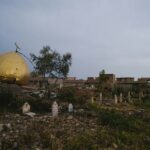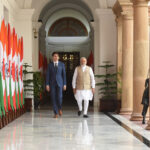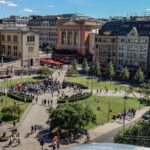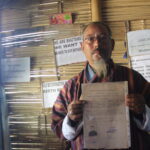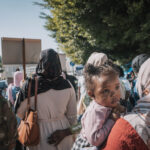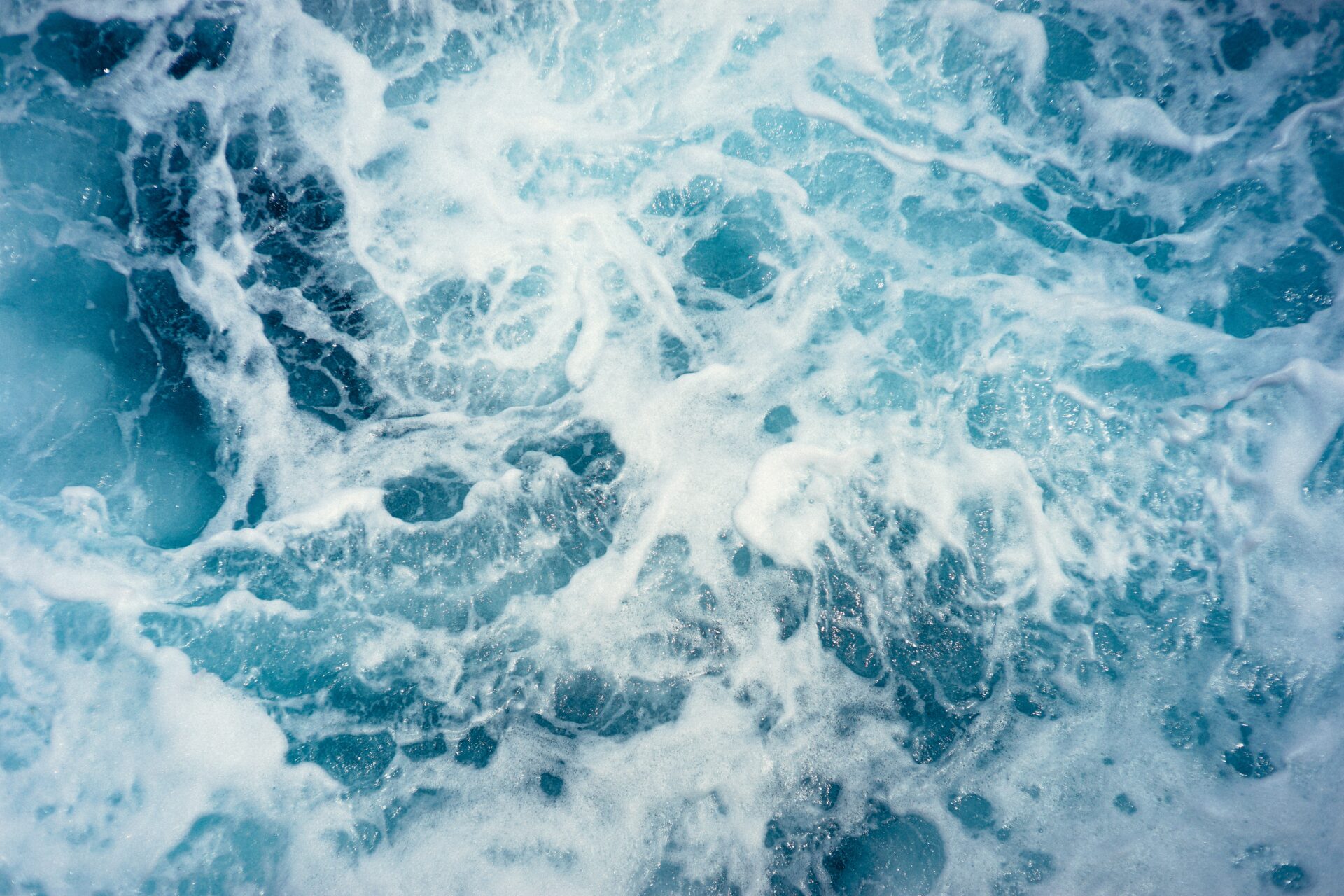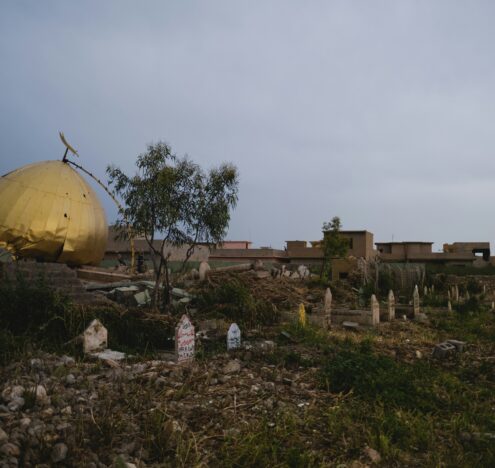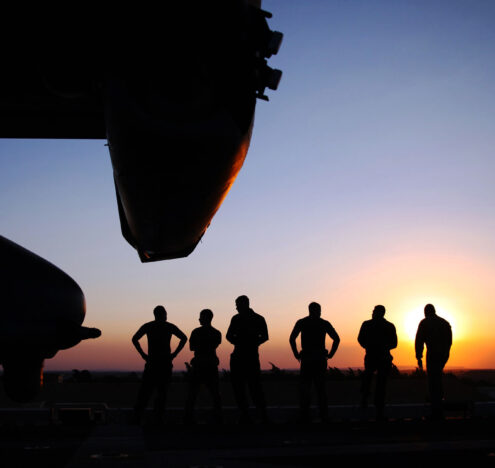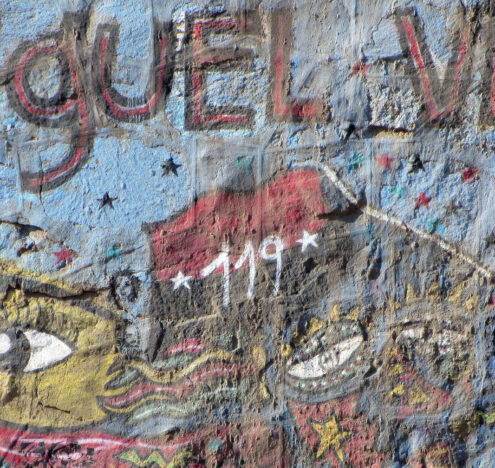In a time when over two billion people do not have access to clean drinking water and more than 700 children under the age of five die every day due to unsafe water, a more water-secure world should take center stage, not only at a “water” event but in all discussions aimed at our global future.
In mid-March, 7,000 people gathered from many corners of the world to participate in and contribute to the historic UN Water Conference, held again after a 46-year lag. The Kingdom of the Netherlands and the Republic of Tajikistan spearheaded and co-hosted the conference along with the UN and other member states, which took place at the United Nations Secretariat in New York.
Governments, inter-governmental agencies, civil society, multinational banks, and the private sector agreed to over 700 commitments aimed at creating a more water-secure world. The commitments were captured in the Water Action Agenda, a key outcome of the conference. They ranged from financial pledges for access and sanitation facilities to climate resilience and transboundary water cooperation to supporting technology and innovation. New high-level partnerships were announced at the plenaries, and in the side events and coffee rooms civil society organizations, scientists, and academics joined forces to combine knowledge and experiences to get the work done. The African Heads of State’s commitment for a new Presidential Compact and a consultation discussion for a proposed global transboundary water cooperation learning facility by the World Bank are some of the noteworthy efforts that could be impactful if there is sufficient follow-through.
The event was historic and momentous in bringing together a wide and varied spectrum of actors and stakeholders in our water future and creating a space for learning to be shared and ideas to germinate. But whether this event will truly be a watershed moment in our global water future is still to be seen.
Water Is Life
As humanity’s demand for water keeps growing — for daily consumption needs, food and energy security, and economic growth — the themes and subjects under deliberation were important and well thought through. There were sessions on climate change and conflict, water and migration, the critical link of water resources to food, health and energy, lack of data and capacity, and the gaps in proactive gender mainstreaming and inclusion in the water space. There were several sessions on transboundary water management and innovative solutions were offered for better cooperative mechanisms on approximately 240 shared water bodies. Most of these sessions were designed by various stakeholders in civil society, water institutions, universities, and research centers and were open to all attendees. Many of the sessions I attended by those working in the water space, scientists, researchers, analysts, or engineers were meaningful and future-oriented. There was a clear recognition of issues and the complexity of today’s water problems and direct interventions on solutions were discussed. Unfortunately, most of these substantive sessions were held in small rooms that were almost all over capacity and hard to access.
The larger rooms were reserved for sessions co-hosted by governments and government agencies, easier to access, but often less substantive. The sessions tended to reiterate problems that are well-known and served as an avenue to proclaim and promote national achievements. While it can be argued that reiterating issues is important, these types of statements do little to advance the conversation in a meaningful manner. It was almost as if two parallel events were being conducted with fragmented discussions and lots of talk, not unlike the state of water conversation globally which tends to be fragmented and siloed.
Water In The Development Agenda
The conference comes at a crucial moment in the movement to achieve the global Sustainable Development Goals and is seen as a natural precursor to the upcoming Sustainable Development Goals summit which will take place alongside the UN General Assembly in September of 2023. The Sustainable Development Goals (SDGs) are how the global development community is organizing its priorities through 2030. The sixth SDG focuses on placing water at the heart of the climate agenda and making progress on this goal was one of the conference’s lofty goals.
With the right momentum and impetus, the UN Water Conference can spur a change in conversation, and move us away from the fundamental idea that water is a resource to be used and abused to view it rather as a part of our human growth cycle, a resource to be safeguarded and respected.
Despite the ambitious financial pledges to advance the Water Action Agenda that amounted to over $200 billion dollars from governments, multilateral organizations, and private companies over the next decade (some of the largest pledges came from the US, Japan, DANONE — a French global food company, and the Asian Development Bank amongst others) and numerous non-financial commitments, they are all voluntary and non-binding. It is unclear how much of the promised funds will materialize — climate change commitments, for example, have been underfunded by 10s of billions of dollars. And water does not have a formal global agreement and mechanism nor the political heft that climate and biodiversity have.
There was also a very fundamental problem with representation and diversity of perspectives in the several hundred sessions that were held both within the main headquarters and outside the UN building. Having such an important event on a water-secure future without sufficient representation of the communities that are most affected by water stress either due to financial constraints, visa problems, or the extremely difficult deadlines on registration, will negatively impact the potential outcomes of the conference. Local communities from water-stressed regions, including South Asia, parts of Africa, and parts of America, and underrepresented voices including those of women, Indigenous communities, and marginalized communities should have been center stage to showcase realities and offer game-changing ideas and recommendations to policymakers. And while there were some excellent discussions that gave the most vulnerable a space, and highlighted the importance of an inclusive process, it was mostly more of the same political speak.
With the right momentum and impetus, the UN Water Conference can spur a change in conversation, and move us away from the fundamental idea that water is a resource to be used and abused to view it rather as a part of our human growth cycle, a resource to be safeguarded and respected. Water is an integral part of all our other global concerns from energy security goals to better cooperation and diplomacy efforts, and a lack of integrated effort will prove detrimental.
The question now is whether high-level financial and other commitments will reach those working on the ground, or if we will continue to see a business-as-usual attitude. Given the catastrophe of climate change and drought, business as usual could prove fatal.



